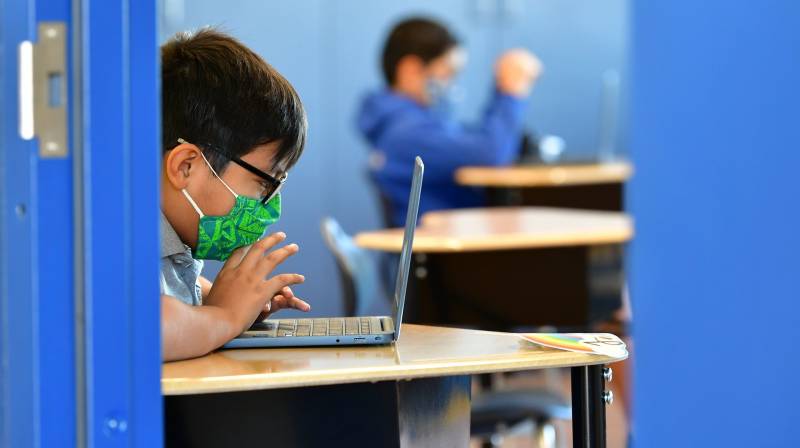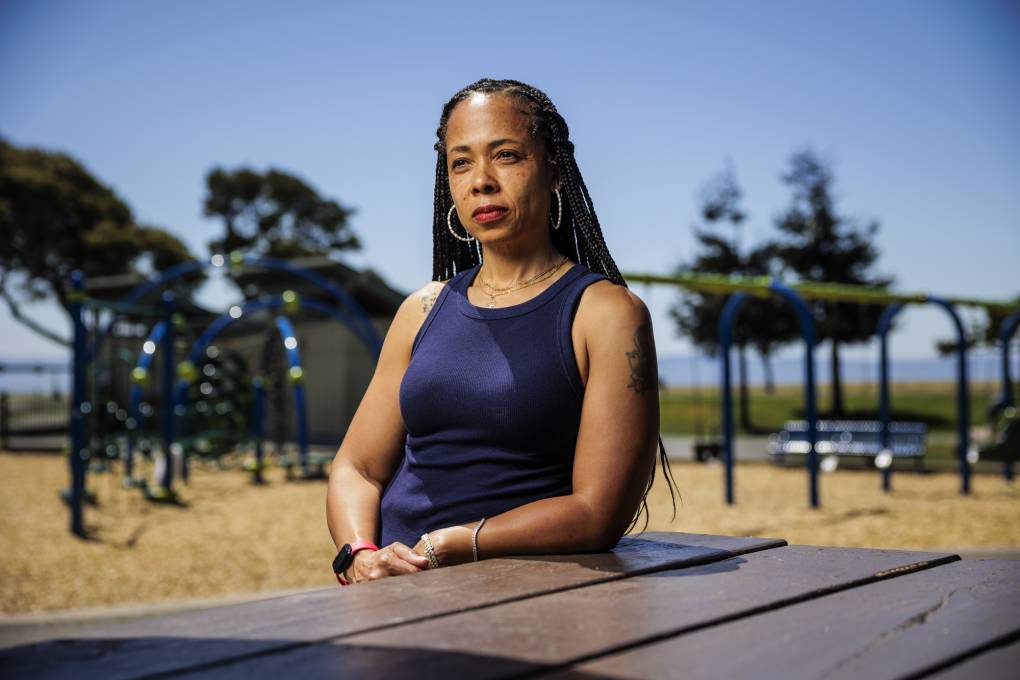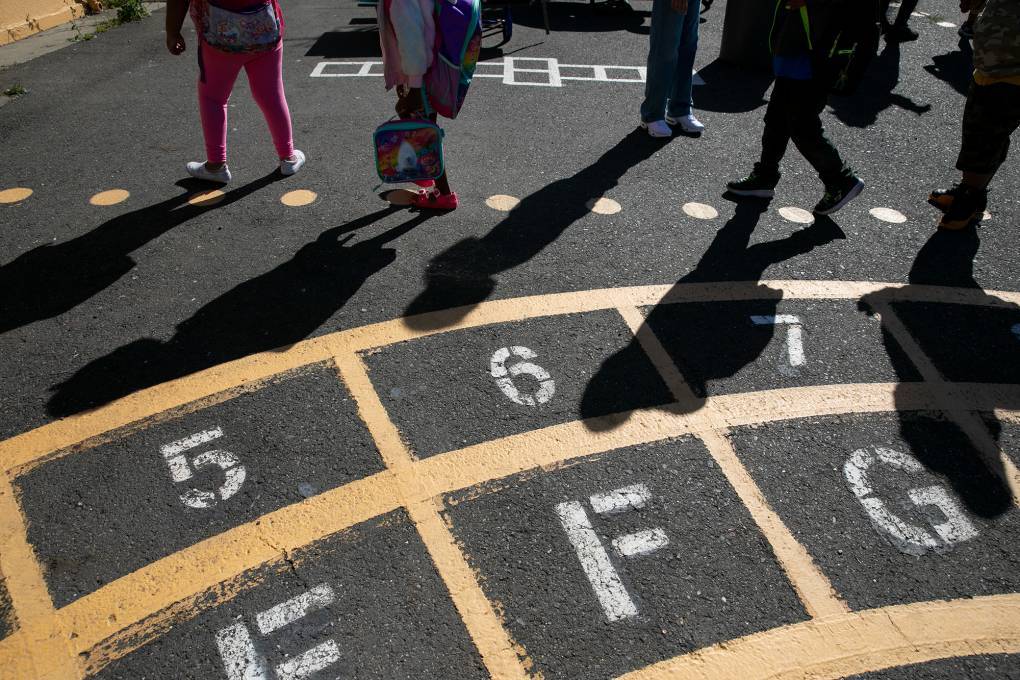The California state Legislature approved a $6.6 billion plan on Thursday to encourage school districts to resume in-person education for the youngest public school students in the state.
Assembly Bill 86 was the Legislature's most decisive action yet to reopen schools, in the face of rising political pressure from parents who have dealt with nearly a year of distance learning in many districts. But the legislation falls short of actually mandating a reopening; the decision of when and how to bring students and teachers back to class will now be decided in hundreds of local school districts across the state.
“[AB 86] really does provide an incentive for people to reopen. It really enables people to open," said state Sen. John Laird, D-Santa Cruz, who acknowledged that "we let the school boards decide, we let the locals decide how it best works."
The bill cleared the state Senate on a 36-0 vote, followed by a 72-4 vote in the Assembly.
Gov. Gavin Newsom could sign the bill into law as soon as Friday.



